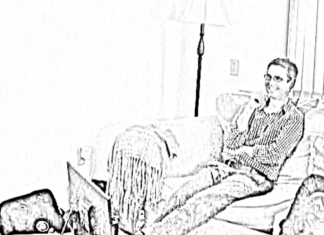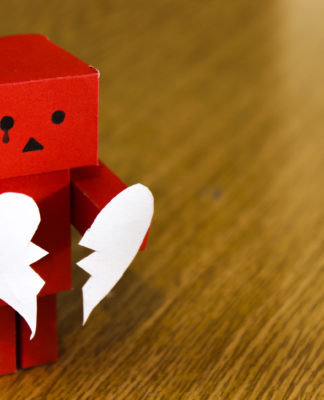Everything you have heard about failure is wrong. You learn it in school at an early age to avoid mistakes and do everything the right way. Mistakes are bad. That works to help establish a sense of moral development around what is good and bad, but misdirected. The way you thought about making mistakes in grade school is downright disastrous and unhelpful in today’s adult world. You can make yourself resistant to the disappointment that most people experience when they fail. When you experience failure, it is important to act quickly and decisively without blaming yourself. In the process, you must learn from the mistake and commit yourself to not making the same error in the future. There are four things you can do help you bounce back after a failure (watch the video here).
Focus on the Details of What Happened
When you fail, the first step in the process is to report on what happened. This means not applying any cause or blame to what did or did not happen. Simply state to yourself the specific things that happened that make the situation a failure. For example, “A revenue stream in my business just dried up.” Or, “the song I just released isn’t getting any attention from the public.” Focusing on the details and separating them from blame will allow you to look at the situation more rationally in the future and identify possible solutions to the problems that led to the failure. Keep in mind that when you believe that you have failed at something, the belief may be the result of an expectation you have set for yourself, or believe that someone else has set for you. If you set the expectation, then you are in a much better position to adjust the expectations if necessary.
Accept Responsibility for the Failure
The second thing you need to do is accept responsibility for the failure. This means that you admit that an action that you took or did not take led to the goal not being reached. In most cases, taking responsibility is the best option and leaves you out of the “blaming others game.” Taking responsibility for your actions is not meant for you to beat yourself up, but to be realistic about the circumstances and to see how your behavior influenced the outcome. To do this, you would need to saying something like, “the revenue stream dried up because I didn’t pay enough attention to providing a solution for what the customer identified.” As you are able to take responsibility, you may be led to better understand why you did or did not take the actions you did. As a result of that analysis, you can get a very good sense of what actions you would need to change in the future.
Understand the Real Implications of the Failure
The next step is the most important of all the steps; understanding the real implications of the failure. You should be trying to develop an objective sense of what the failure means. At this step, many people think that not reaching their goal is the worst possible outcome, their life is over, they are ultimate losers in life, and all other kinds of cognitive biases that flood their emotions and cause them to engage in more self-blame.
What does it really mean that you didn’t meet your goal? Was this your only shot? When you are disappointed, it is easy to over-state the severity of the failure and assume that it was the only shot and there are no second chances. If you are stuck in focusing on the implications being so severe, then phone a friend and get them to help you think through this step. Fresh eyes usually have a decent perspective about situations that you might not see when you are in the situation. You want to clearly identify where opportunities remain and how the current failure affects what you are able to do in the future. Don’t assume that just because you did not make your goal, that there won’t be a second opportunity.
Stop Internalizing the Failure with Labels
In my experience, the last thing you need to do is by far the hardest. Stop labeling yourself and internalizing the failure. Labeling is when you attribute undesirable outcomes (in this case, the failure) to your personal characteristics. The way labels show up is in saying things like, “I failed, therefore I am a failure.” Or, “I made a dumb mistake in not returning the client’s call, because I am a dumb person.” By doing this, you have generalized the perceived impact of an event and given yourself a label that may not be appropriate. Think about it, are you really a failure or dumb just because you don’t reach one of the goals you set? If you can honestly say the answer is yes, then were you still a failure the last time you failed after meeting a different goal? My guess is no.
It is important to realize that failure doesn’t last forever. It is a temporary state. The moment will pass when failure is realized, and then it will be time for you to do something different to move yourself out of the emotional pitfalls of failure. When you can separate from the labels, you can be free to think of strategies and the next actions you are going to take with much more clarity.




















